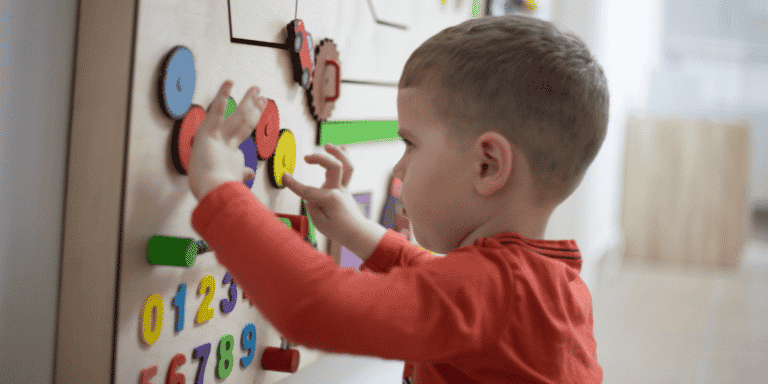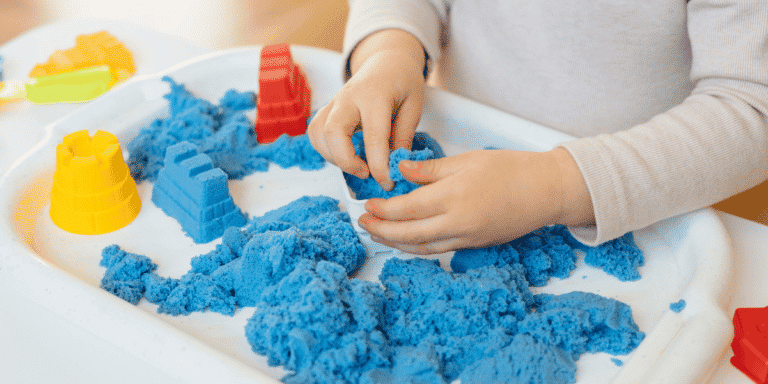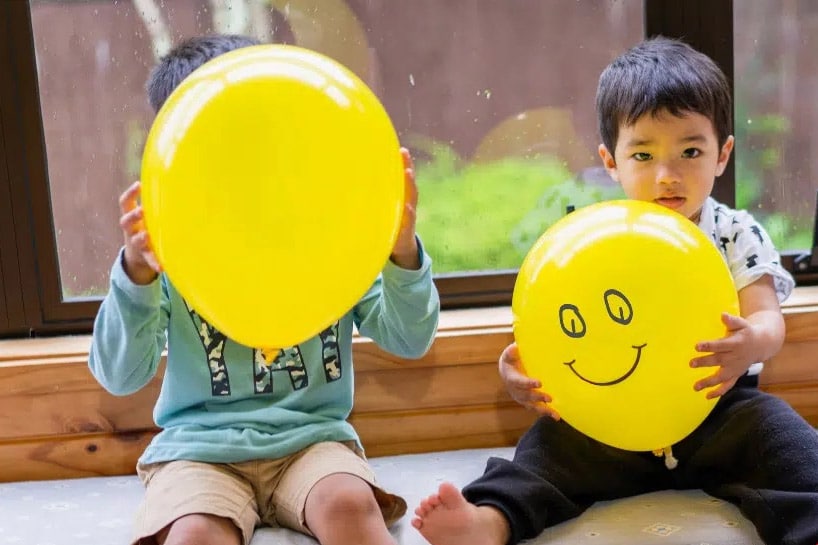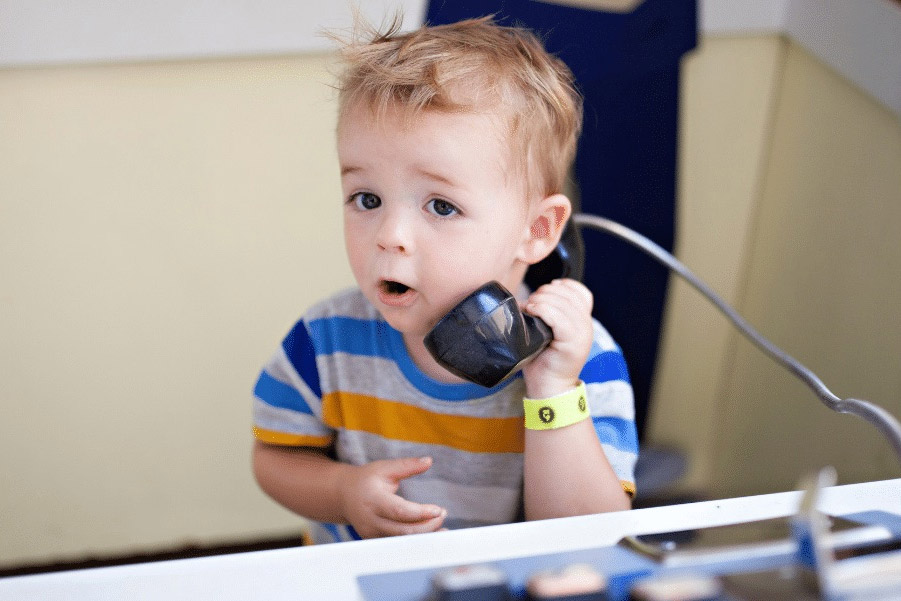Using the best modern resources to create a foundation of education and lifelong support is ideal, and Applied Behavioral Analysis (ABA) is the preeminent therapy for treating ASD today.
In this blog, we’ll look at the following:
- What are the basics of ABA?
- 10 tips for parents of children in ABA therapy
- How to start ABA therapy for your child
- What are the goals of parent training in ABA?
- What are three ways to build parenting skills?
What are the Basics of ABA?

For children with autism spectrum disorder, ABA strategies teach skills to apply to life, reducing potentially problematic behaviors, improving learning, and several other valuable applications. While ABA therapy has the backbone of data collection and analysis, it’s also tailored to fit a child’s and their family’s specific needs. Some aba therapy techniques commonly used include:
Discrete Trial Training (DTT)
Discrete Trial Training is a structured teaching format that breaks skills down into smaller components and relies on reinforcement to retrain them systematically. For example, a clinician might teach a child the alphabet by having them identify one letter at a time and reinforcing that before eventually having them put the letters together in a sequence.
Natural Environment Teaching (NET)
Natural environment teaching shows individuals with autism how to apply skills across multiple real-life situations. This is done by creating contrived situations within one environment and showing how they mimic common ones that a person will encounter frequently.
Some examples of settings that NET is used to prepare children for include home, school, playgrounds, and private practices. NET is one of the disciplines that parents can help their children with the most, as it can be a less formal learning process than in a clinic.
Pivotal Response Treatment (PRT)
Pivotal response treatment is a play-based therapy that helps children with communication skills and positive behavior. PRT builds on the client’s interests and allows them to take the initiative while reinforcing focus and communication skills.
These three core principles are prevalent in ABA therapy that your child might encounter. Many others and the clinic and specialists your child works with collaborate with you to map out the framework that best suits your child and your family.
10 Tips for Parents of Children in ABA Therapy

One critical stance on ABA training for parents of children with autism is that you’re working towards an educational framework rather than a set curriculum. No child, parent, or family will have one-size-fits-all solutions to their needs, and being flexible and competent in ABA practices is critical. Instead of referring to a curriculum (which is more narrow in focus), our specialists look to create frameworks for life-long growth and maintenance of learned skills.
Children with autism enrolled in ABA therapy require parents’ and educators’ support.
As a parent, you can use these measures to make sure your child has the best chance of learning and growing across multiple environments:
- Create a Support System. It takes a village to raise a child, and ABA therapy for autism embodies that expression. Family members, friends, educators, and clinicians are strong foundations of a support system for your child. Find out who you can trust for what support, and build environments your child feels comfortable in.
- Consistent Involvement. ABA therapy for autism works best with dedication and positivity from parents and family members. There will be difficult moments in ABA teaching and applying the principles across different environments. Even in these more challenging times, continuing to nurture and support regularly is critical for your child’s success.
- Observation. Keeping a watchful eye on your child’s behavior is essential for any parent, especially for one whose child is enrolled in ABA therapy. Seeing their unique response to techniques and treatments will help you accelerate good outcomes and minimize detrimental ones.
- Learn Your Child’s Functions of Behavior. Attention is engagement in certain behaviors to garner a reaction from people. Escape is designed to avoid doing a particular task, such as chores or schoolwork. Tangible gain is when a child wants something material and acts primarily to obtain it. It can also refer to a behavior to grant access to a situation. Lastly, automatic reinforcement is usually more self-contained within your child, including rocking back and forth or drumming on inanimate objects.
- Learn What Motivates Your Child. There will be motivators for your child’s behavior, and analysis within the framework provided by your ABA clinician will help you track and reinforce them in whatever way is best for your child.
- Understand Antecedents and Consequences. Describe the events or actions immediately before a behavior – a stimulus. Analyzing these and seeing what behaviors they lead to helps guide interventions. Consequences are the responses following the antecedent and behavior. This can apply to your child or the people they interact with.
- Help Track Behaviors. Behaviors are what your child does but broken down in specific details with how they are carried out in natural environments. Data is the backbone of ABA therapy, and being a part of collecting and understanding it can help your child immensely.
- Training. Using the same standards and explanations throughout all environments and behavioral frameworks will make life easier for you and your child. Consult with your ABA therapists and clinicians to determine the vocabulary, standards, and goals of any work you do at home.
- Alliance. Being well-connected with ABA therapists, clinicians, teachers, and caretakers will help create a unified front. Additionally, staying active in the autism community will allow you to find new ways to help your child succeed and give you opportunities to meet like-minded parents and advocates.
- Establish Goals and Celebrate Success. We naturally want to improve our child’s quality of life and set them up for lifelong success. ABA therapy for autism is no different. As you set goals for them, celebrate the achievements. It will reinforce behavioral milestones, reduce stress, and create an atmosphere of joy that will amplify the changes you are aiming for.
How to Start ABA Therapy for Your Child
To enroll your child in ABA therapy, follow these steps:
- Get an assessment from your pediatrician or a medical provider.
- Research local autism clinics near you.
- Do an intake evaluation with an ABA clinician.
- Meet your potential providers and see the clinic.
- Enroll your child in ABA therapy.
Depending on your clinic, insurance qualifications, and home setup, additional steps may exist. Make sure to thoroughly discuss with each medical provider and potential ABA clinician the next step for enrolling your child in ABA Therapy.
What are the Goals of Parent Training in ABA?
ABA parent training sets several goals for you and your child. To begin, your therapist works with you to learn ABA principles and techniques that can be practiced at home with your child. In this way, ABA training doesn’t stop once you leave the center; it continues throughout the day.
Parents will likely become frustrated at some point while trying to help their children learn. ABA is designed to create a better understanding and relationship between parents and children, promoting better communication. You can also develop coping strategies when you’re feeling stressed or anxious to avoid misdirecting your emotions toward your child.
You’ll also learn how to create a structured environment for your child that provides more consistency and predictability, which often helps children with developmental or behavioral challenges.
What are Three Ways to Build Parenting Skills?

Behavior Development
Integrating treatment plans custom-tailored to your child and family is vital. When participating in behavior skills training (BST), it’s essential to consider all the environments your child will be learning in. Your role as a parent-ally is to enact change across non-clinical settings such as socializing, school, and everyday situations.
Skill Development
One of the other core components of ABA implementation is the development of your child’s broader behavioral skills training (BST). These are things like communication and daily living skills. They’re different from the target behaviors we look to develop via ABA therapy because they serve as mechanisms your child can learn to apply independently.
In parent training sessions, you’ll learn about the ABA principles that work on these skills, such as Pivotal Response Treatment. Ultimately, the mechanisms that help your child develop their skills will be shaped by your knowledge of them, so learning from the best clinicians goes a long way.
Generalization
This is the application of one skill to another. We aim to help our children learn from specific programming and communication for certain acute behaviors. A good ABA framework will distill more from each lesson and allow your child to control their behaviors across multiple environments, even in the face of unfamiliar stimuli.
Being consistent is critical while learning about ABA practices in a clinical framework. Frequently communicating with your family therapist about adapting ABA parent training to fit your child’s current lessons is highly recommended.
When it comes down to it, you want to be the best equipped to help your child develop through ABA practices. Being well-versed and educated in ABA programming is the easiest way to collaborate for a better family life.
Published On: March 5, 2021
Updated On: July 28, 2023











